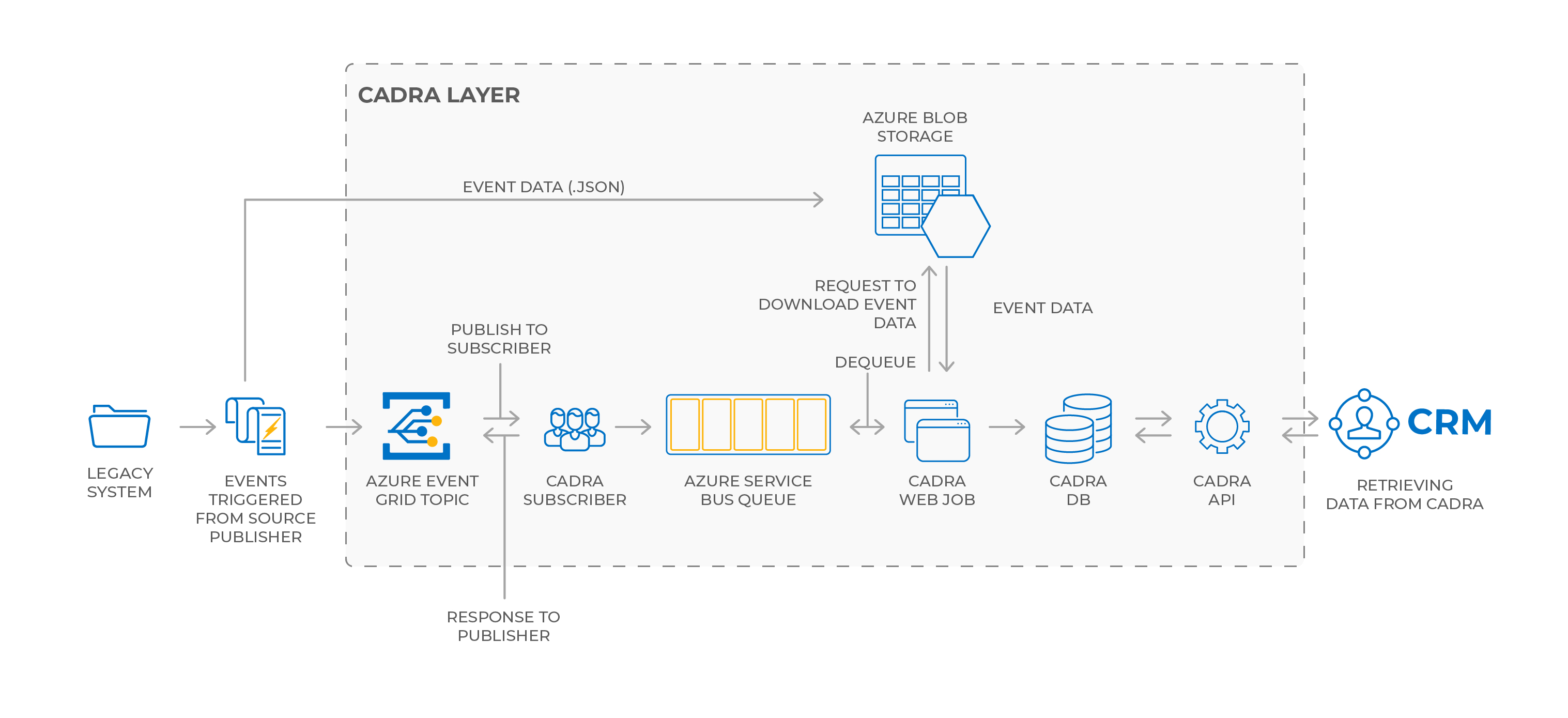One of the largest manufacturers and retailers of domestic goods in the US, with operations in over 100 countries, had been working with a homegrown legacy Point of Sale (POS) and Ordering system. Each of the company’s retail stores had its own IT system. Separate servers serviced different regions and there was no integration between them.
As a result, the company did not have a consolidated view of Customer and Order data. In addition, the company had recently started online e-Commerce and this was also not aligned with the on-prem Order and Customer data from retail stores.
The legacy system could no longer manage business processes and evolving business requirements stemming from an expanding business and new customer service requirements. Issues typical of a legacy system, such as outdated technology, incompatibility, and costly updates were becoming more frequent.
The company implemented an integrated CRM system to manage omnichannel operations. Yet, inefficiencies persisted due to the lack of a seamless connection between the CRM and the legacy systems. There were delays and inaccuracies as transactions would not be made available immediately in the CRM application. Customer service requests related to recent sales transactions could not be handled effectively.
Customer Analytics developed an Azure-based integration layer called CADRA (Customer Analytics Data Router Aggregator), that would serve as a hub for getting data from all the POS systems and making it available for the CRM and other users on demand.
Based on an event-driven architecture, this virtual layer pulls data from over 100 data stores of the legacy system to the Azure event grid. Itprovides over 40 APIs that are consumed by various systems like the CRM application, sales and support applications, Microsoft Dynamics 365, etc. to retrieve data as per the demand.



